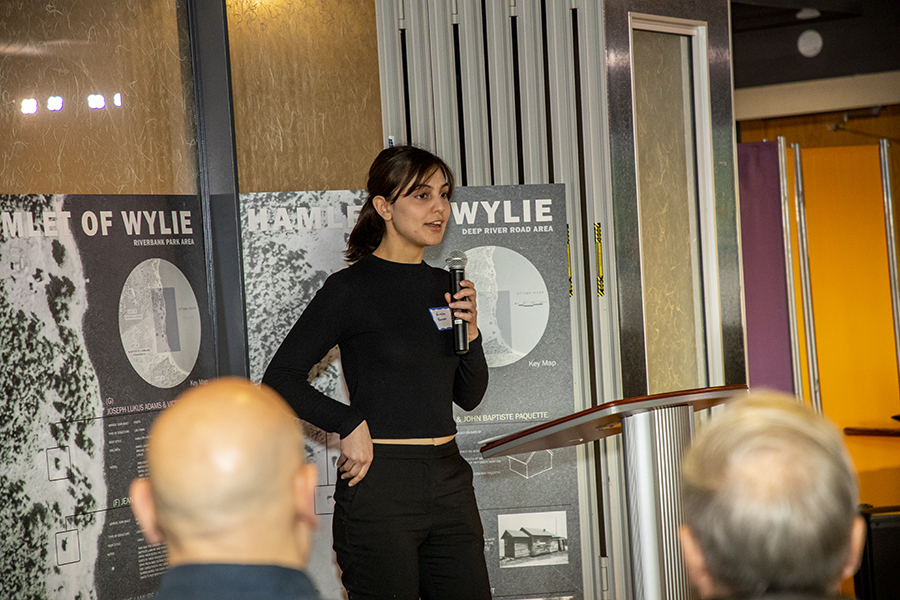Sitting on the banks of Ottawa River, Deep River is a small town with a population of no more than 4,000 people.
However, its significance came into notice when Steffanie Adams, professor with the School of Architectural Studies at George Brown College (GBC) started a research project diving into the indigenous roots of the town.
The research for the project started in 2020 when Adams and her students explored a cabin in the town of Deep River.
Lost in history, the town has revealed itself to be home to indigenous community as the research found a total of nine cabins, one of which was home to a family of 12 that raised seven children within its walls.
Focusing on the construction, genealogy, and demolition of the cabins, a lot of history was lost during the establishment of Canada’s first nuclear complex, for the production of plutonium.
The research was a successful because of the involvement and help of multiple people, their enthusiasm to learn about the lost heritage and their commitment to preserve it in a digitized form, for future generations to remember.
With the help of preliminary information by Andrea Hall, librarian, the research kickstarted to find the remnants of the lost heritage.
This was followed by mapping of the town, reviewing of the heritage websites by Casey Newman, now alumnus of George Brown College. Robert Donnelly and Nassim Ravaee, students of Architectural program (sixth semester) were the ones who brought the digitization to life.
“The goals that we had from the beginning was to help tell the story,” said Donnelly. With his skills, he was able to digitally scan the area, identify the location for the cabin, highlighting the locations of nine cabins which existed in the town of Deep River.
The digitized model was created by Ravaee, also a student for Adams. Using technology like Google Earth and viewing the site, Ravaee created a vivid 3D model of the town of Deep River and the location of nine cabins, imagining them in the conditions they once existed.
As the research progressed, receiving support was something for which they strived, the pandemic of the time also hampering their work.
However, in 2021, a Zoom meeting altered the course for the research.
Adams and her colleagues were surprised to see an outpouring of support when nearly 200 people joined in to learn more about the research and the indigenous heritage the town possessed. In September 2022, an in-person presentation was conducted in Deep River Town Hall to showcase the significance of these cabins to the masses.
“Indigenous dwellings are significantly underrepresented. The federal, provincial, and municipal governments have made the preservation of indigenous dwellings a strategic imperative,” said Adams addressing a lack of representation and preservation of indigenous heritage.
Currently, the cabin is not under any protection and is being used as a storage for the Canadian Nuclear Society (CNS). As the research gets more intensive, Adams aims to fight for protection of the indigenous cabin and help to preserve the invaluable history that the town inherits.
Talking about the future of the research, the end goal of the research is to reconcile a future that preserves and protects the landmark cabin.
“The hope is that the future research undertaken by George Brown students will help to chronicle the history of the original village by embedding traditional stories and narration into an immersive experience. Students will continue to work with the existing descendants of the cabin and the evolvement of Ontario to create a plausible hypothesis of the village of both digital and analog versions for the communities impacted,” said Adams.


